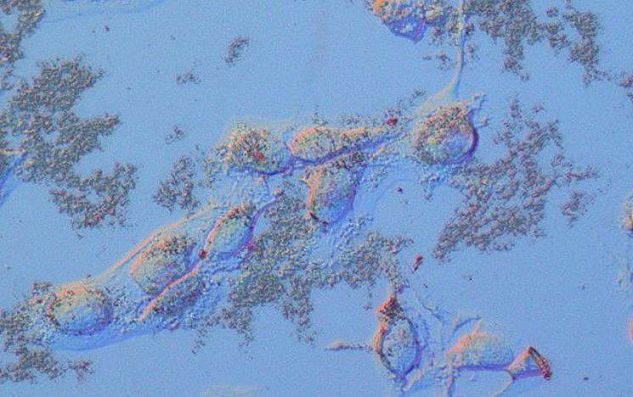Research
Our research is focused on understanding structure-property relationships in nanomaterials, particularly two-dimensional nanomaterials such as graphene and molybdenum disulfide. Our research seeks to use low-cost, scalable solution processing techniques to develop these materials towards applications including printed electronics, sensors, energy storage devices, and bio-interface materials.
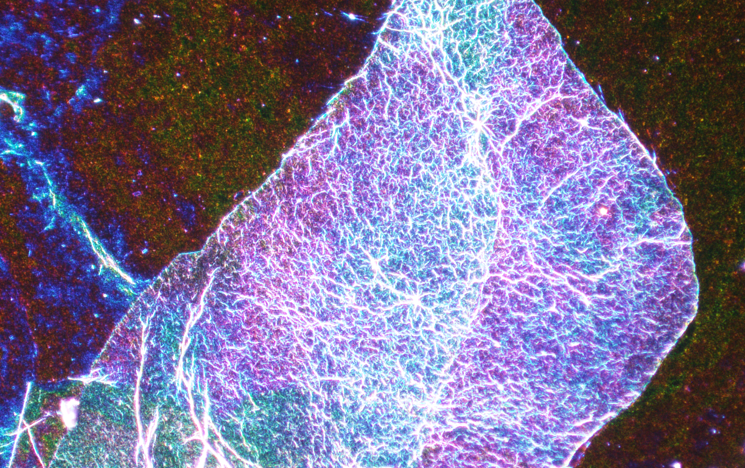
Research areas
Below you can read about our range of research areas.
- Conductive inks, coatings and composites
We are realising the potential of high-conductivity graphene and carbon nanotube hybrids for near-to-adoption applications including electromagnetic interference shielding, radio frequency identification (RFID) antennas and stretchable strain sensors.
We are developing these technologies through liquid processing techniques which facilitate the production of litres of high-quality nanomaterial dispersion per hour. Besides its capacity for industrial scalability, the liquid environment offers other advantages as dispersed nanomaterials can be easily sorted by mass and formed into composite inks.
Utilising our array of advanced characterisation techniques, we are able to relate the nanoscale features of our inks to their macroscopic properties. One such technique is Raman spectroscopy. It is a high-throughput and non-destructive method with which we are developing approaches to extract particle size distributions, chemical composition, and thermal transport properties across entire networks of nanosheets.
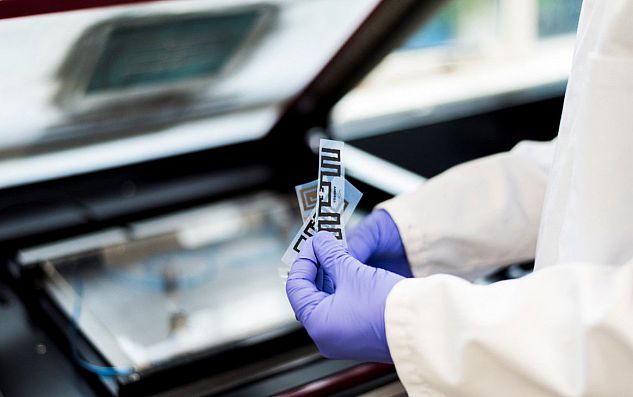
You can find out more about our work on nanomaterial inks by reading this summary of some of our recent developments: Inking outside the box
- Printed sensors and (opto)electronics
We are also working beyond carbon-based materials to develop emerging enabling materials with versatile chemistries and band structures for a variety of sensing, optoelectronic and electronic applications. We have access to aerosol jet printing technology which will enable the printing of heterostructures and device architectures with a very fine resolution, as well as the ability to print hybrid films of conducting, semiconducting and dielectric nanomaterial inks.
These systems have interesting transport properties and our progress in this field is supplemented by our work on advanced sensing microscopy. The influence of strain and doping in these networks can be measured using a combination of Kelvin probe force microscopy and Raman spectroscopy. We hope to be able to use our understanding of these effects to create built-in defects which dictate the properties of these networks.
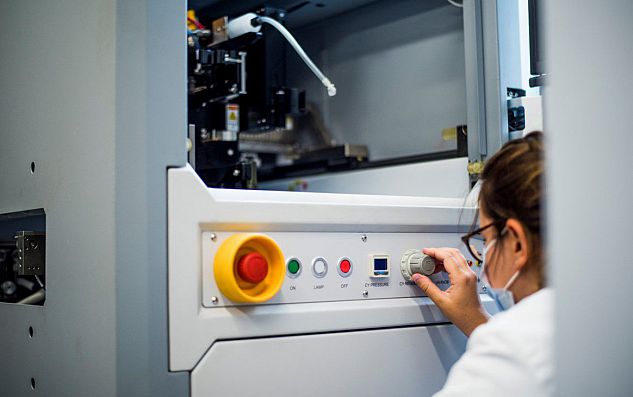
- Electrochemical devices and energy storage
We are working on controlled assembly of nanomaterials into high-surface-area and high-capacity energy storage electrodes. We are studying the electrochemical properties of novel 2D materials including layered double hydroxides for a range of sensing and energy storage applications. In addition, we are exploring the deposition and nucleation of metal-organic frameworks on 2D materials. We are also developing electrolytically-gated large-area graphene films as switchable thermal management devices.
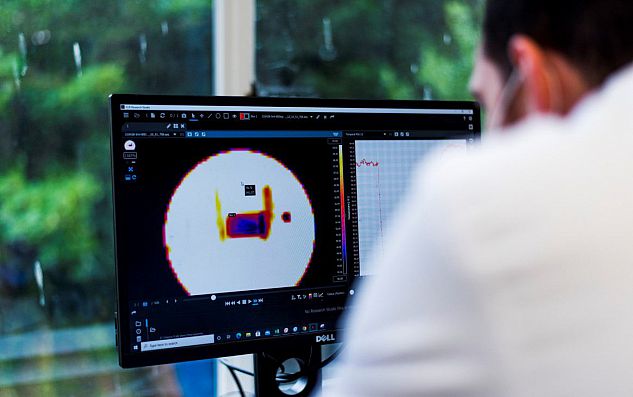
- Nanomaterials at bio-interfaces
Research in the King Group focuses on nanomaterials at bio-interfaces. We are developing bio-compatible 2D material thin films and porous graphene foams as scaffolds for cell culture. By controlling the structural, mechanical and chemical properties of the material, we are able to mimic cell microenvironments and explore the factors affecting cell motility, proliferation and differentiation. Furthermore, by harnessing the unique properties offered by nanomaterials, we are focused on developing materials for theranostics (the combination of diagnosis and treatment).
